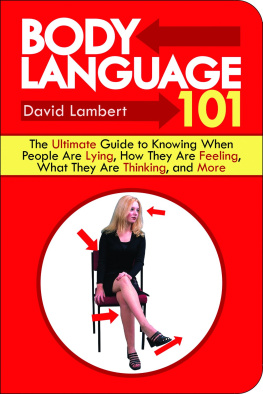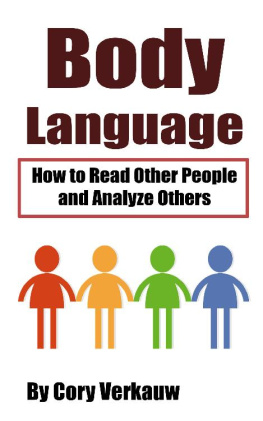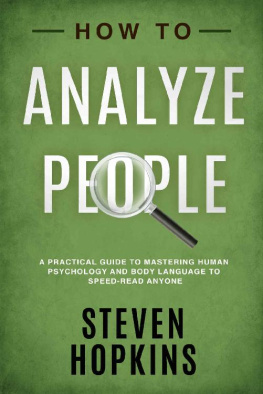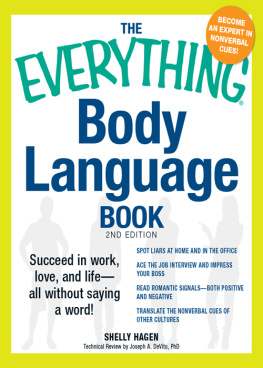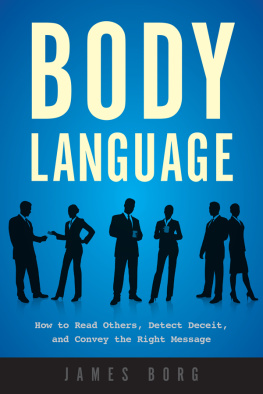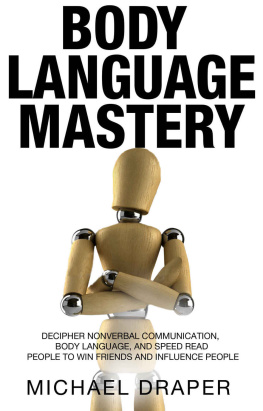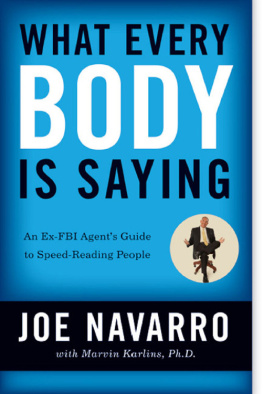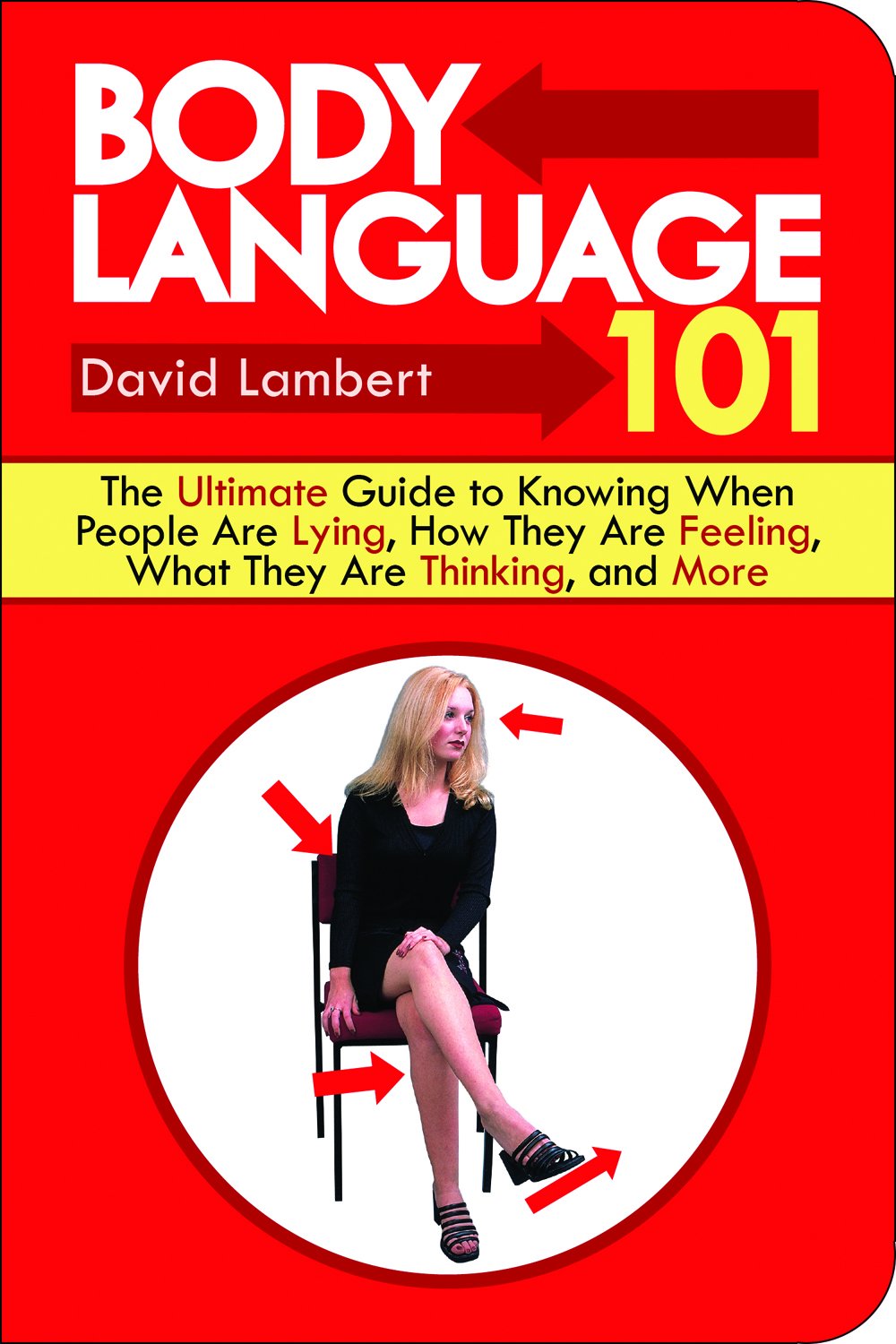Lambert David. - Body Language 101: The Ultimate Guide to Knowing When People Are Lying, How They Are Feeling, What They Are Thinking, and More
Here you can read online Lambert David. - Body Language 101: The Ultimate Guide to Knowing When People Are Lying, How They Are Feeling, What They Are Thinking, and More full text of the book (entire story) in english for free. Download pdf and epub, get meaning, cover and reviews about this ebook. genre: Science / Business. Description of the work, (preface) as well as reviews are available. Best literature library LitArk.com created for fans of good reading and offers a wide selection of genres:
Romance novel
Science fiction
Adventure
Detective
Science
History
Home and family
Prose
Art
Politics
Computer
Non-fiction
Religion
Business
Children
Humor
Choose a favorite category and find really read worthwhile books. Enjoy immersion in the world of imagination, feel the emotions of the characters or learn something new for yourself, make an fascinating discovery.
- Book:Body Language 101: The Ultimate Guide to Knowing When People Are Lying, How They Are Feeling, What They Are Thinking, and More
- Author:
- Genre:
- Rating:3 / 5
- Favourites:Add to favourites
- Your mark:
Body Language 101: The Ultimate Guide to Knowing When People Are Lying, How They Are Feeling, What They Are Thinking, and More: summary, description and annotation
We offer to read an annotation, description, summary or preface (depends on what the author of the book "Body Language 101: The Ultimate Guide to Knowing When People Are Lying, How They Are Feeling, What They Are Thinking, and More" wrote himself). If you haven't found the necessary information about the book — write in the comments, we will try to find it.
Containing more than 260 illustrations, Body Language 101 serves as a comprehensive dictionary of nonverbal communication. Human behaviorist Lambert uses research from the areas of kinesics, zoology, gender studies, and psychology to demonstrate how people use body language to reinforce speech or indicate their mood. The guide triple-indexes the material, with one section organized by body parts (e.g., arms-linked, legs-crossed), the second by actions and their meanings (e.g., signs of conflict, sincerity, and deceit), and the third by emotions and meanings (e.g., embarrassment, ownership). A particularly interesting chapter covers signs of deceit, with photographs illustrating dishonest gaze behavior and foot actions. This is easily one of the best books on the subject, even surpassing Susan Quilliams Body Language. Highly recommended for all libraries.
Lambert David.: author's other books
Who wrote Body Language 101: The Ultimate Guide to Knowing When People Are Lying, How They Are Feeling, What They Are Thinking, and More? Find out the surname, the name of the author of the book and a list of all author's works by series.

